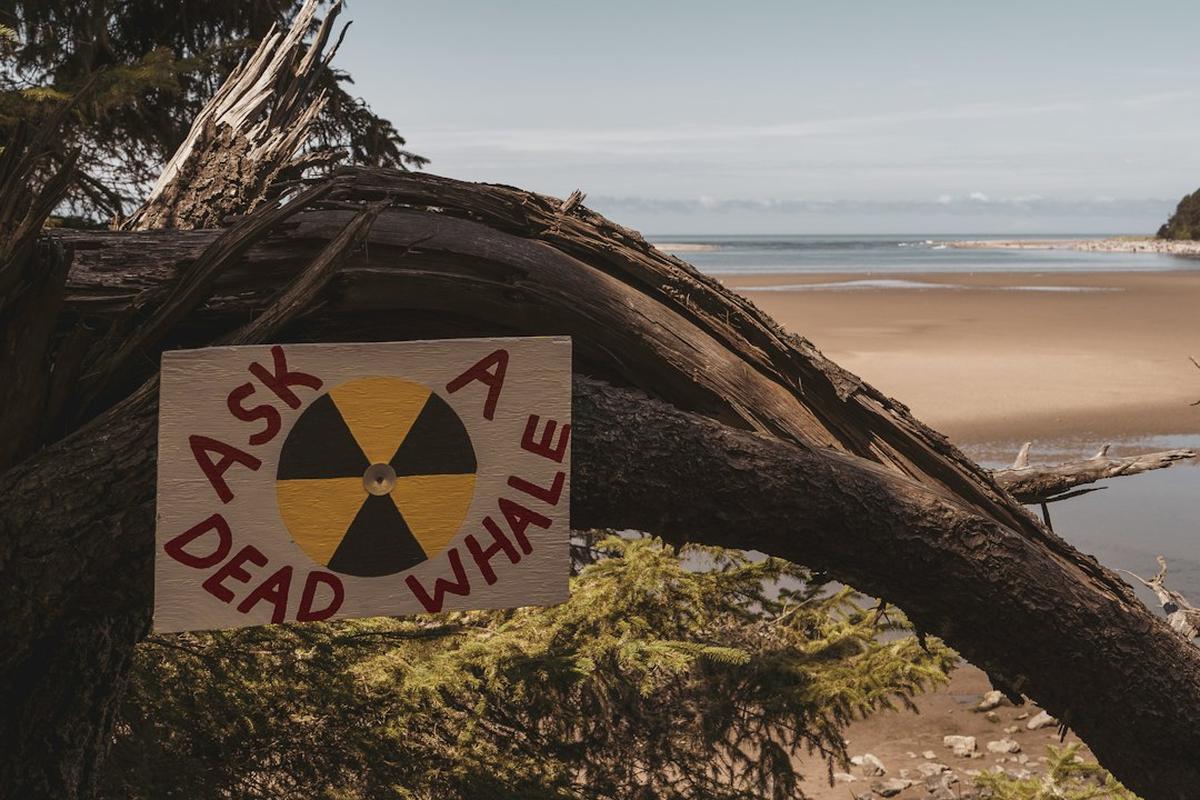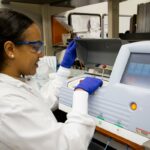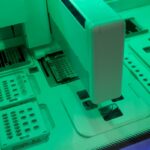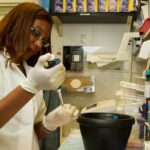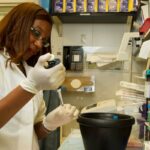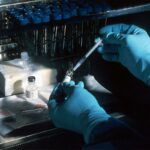DNA, or deoxyribonucleic acid, is the blueprint of life. It is a complex molecule that carries the genetic instructions used in the growth, development, functioning, and reproduction of all known living organisms and many viruses. DNA’s importance in human health cannot be overstated. It is the foundation of our genetic makeup, determining everything from our eye color to our susceptibility to certain diseases. However, DNA is not invincible. It can be damaged by a variety of factors, leading to mutations that can cause disease, aging, and even death.
The Nature of DNA Damage
DNA damage refers to changes in the basic structure of the DNA molecule. This can include breaks in the DNA strand, alterations in the shape of the DNA helix, or changes in the chemical structure of the DNA bases. There are many types of DNA damage, but they can generally be classified into two categories: single-strand breaks (SSBs) and double-strand breaks (DSBs). SSBs involve a break in one of the two strands of the DNA molecule, while DSBs involve breaks in both strands. Both types of damage can lead to mutations if not properly repaired.
Environmental Factors that Harm DNA
Ultraviolet (UV) Radiation
UV radiation, particularly UV-B radiation, is a well-known cause of DNA damage. It can cause pyrimidine dimers, which are abnormal covalent bonds between adjacent pyrimidine bases in the DNA molecule. These dimers distort the DNA helix and interfere with normal DNA replication and transcription. The consequences of UV-induced DNA damage can be severe, leading to skin cancer and other skin disorders.
Ionizing Radiation
Ionizing radiation, such as X-rays and gamma rays, can also cause significant DNA damage. It can cause both SSBs and DSBs, as well as oxidative damage to the DNA bases. The consequences of ionizing radiation-induced DNA damage can be severe, leading to various types of cancer and other health problems.
Chemical Agents that Harm DNA
Alkylating Agents
Alkylating agents are a type of chemical that can add alkyl groups to the DNA molecule, causing DNA alkylation. This can lead to the formation of abnormal DNA structures, such as cross-links, which can interfere with normal DNA replication and transcription. Interestingly, alkylating agents are also used in cancer treatment, as they can induce DNA damage in cancer cells and cause them to die.
Other Chemical Agents
There are many other chemicals that can cause DNA damage, including reactive oxygen species (ROS), certain metals, and certain organic compounds. These chemicals can cause a variety of DNA lesions, including base modifications, strand breaks, and cross-links. The impact of chemical-induced DNA damage on health can be significant, leading to various types of cancer and other diseases.
Lifestyle Factors that Harm DNA
Lifestyle factors, such as smoking, alcohol consumption, poor diet, lack of exercise, chronic stress, and lack of sleep, can also contribute to DNA damage. For example, tobacco smoke contains many carcinogens that can cause DNA damage, while alcohol can generate ROS that cause oxidative DNA damage. Poor diet and lack of exercise can lead to obesity, which is associated with increased DNA damage, while chronic stress and lack of sleep can impair the body’s ability to repair DNA damage.
Biological Factors that Harm DNA
The aging process is a major source of DNA damage. As we age, our cells accumulate DNA damage due to various factors, including increased oxidative stress, decreased DNA repair capacity, and increased genomic instability. Viral and bacterial infections can also cause DNA damage, as some viruses and bacteria have evolved mechanisms to manipulate the host’s DNA for their own benefit. Finally, genetic predispositions can influence the amount and type of DNA damage that an individual experiences.
Mitigating DNA Damage
Despite the many sources of DNA damage, our bodies have evolved sophisticated mechanisms to repair damaged DNA. These include base excision repair, nucleotide excision repair, and double-strand break repair. However, these mechanisms are not perfect and can sometimes fail, leading to the accumulation of DNA damage. Lifestyle modifications, such as quitting smoking, reducing alcohol consumption, eating a healthy diet, exercising regularly, managing stress, and getting enough sleep, can help protect DNA from damage. In addition, medical interventions, such as drugs that enhance DNA repair or prevent DNA damage, can also be used to mitigate DNA damage.
To Sum Up
To Sum Up, DNA damage is a complex phenomenon that can be caused by a variety of environmental, chemical, lifestyle, and biological factors. Understanding these factors and how they harm DNA is crucial for preventing and treating many diseases, including cancer. By making healthy lifestyle choices and taking advantage of medical interventions, we can protect our DNA and promote our health and wellbeing.
Frequently Asked Questions
What is DNA?
DNA, or deoxyribonucleic acid, is a complex molecule that carries the genetic instructions used in the growth, development, functioning, and reproduction of all known living organisms and many viruses.
What is DNA damage?
DNA damage refers to changes in the basic structure of the DNA molecule. This can include breaks in the DNA strand, alterations in the shape of the DNA helix, or changes in the chemical structure of the DNA bases.
What are some environmental factors that can damage DNA?
Some environmental factors that can damage DNA include ultraviolet (UV) radiation and ionizing radiation.
What are some chemical agents that can damage DNA?
Some chemical agents that can damage DNA include alkylating agents, reactive oxygen species (ROS), certain metals, and certain organic compounds.
What are some lifestyle factors that can damage DNA?
Some lifestyle factors that can damage DNA include smoking, alcohol consumption, poor diet, lack of exercise, chronic stress, and lack of sleep.
What are some ways to mitigate DNA damage?
Some ways to mitigate DNA damage include making healthy lifestyle choices, such as quitting smoking, reducing alcohol consumption, eating a healthy diet, exercising regularly, managing stress, and getting enough sleep, and taking advantage of medical interventions, such as drugs that enhance DNA repair or prevent DNA damage.
References
- Cadet, J., & Wagner, J. R. (2013). DNA base damage by reactive oxygen species, oxidizing agents, and UV radiation. Cold Spring Harbor perspectives in biology, 5(3), a012559.
- De Bont, R., & van Larebeke, N. (2004). Endogenous DNA damage in humans: a review of quantitative data. Mutagenesis, 19(3), 169-185.
- Tubbs, A., & Nussenzweig, A. (2017). Endogenous DNA Damage as a Source of Genomic Instability in Cancer. Cell, 168(4), 644-656.
- Klaunig, J. E., Kamendulis, L. M., & Hocevar, B. A. (2010). Oxidative stress and oxidative damage in carcinogenesis. Toxicologic pathology, 38(1), 96-109.

